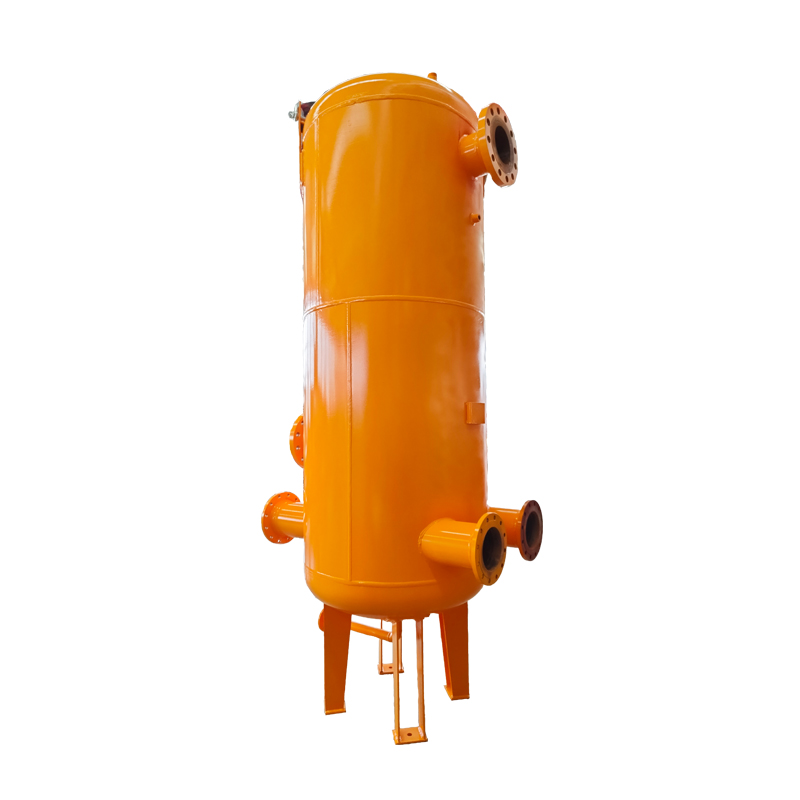
Dec . 14, 2024 07:15
Back to list
Understanding the Functionality and Applications of Pneumatic Control Valves in Automation Systems
Pneumatic Control Valve An Essential Component in Modern Automation
Pneumatic control valves are critical components in various industrial applications, particularly in automation and control systems. They manage the flow of compressed air or gas, ensuring the efficient operation of machinery and processes. These valves are designed to regulate pressure, flow rate, and direction, making them indispensable in diverse sectors, including manufacturing, packaging, automotive, and food processing.
Functionality of Pneumatic Control Valves
The primary function of a pneumatic control valve is to control the flow of air or gas to actuators, such as cylinders or motors. By adjusting the position of the valve, operators can regulate the force and speed of the actuator, providing precise control over machinery operations. Pneumatic valves can be broadly categorized into two types on/off valves and proportional valves. On/off valves simply open or close the airflow, while proportional valves allow for variable control of the flow, enabling more sophisticated automation capabilities.
Types of Pneumatic Control Valves
1. Directional Control Valves These valves control the direction of the airflow in a system. They typically have multiple ports and can redirect the flow to different actuators. Common examples include 2/2, 3/2, and 5/2 valves, depending on the number of ports and positions.
2. Pressure Control Valves As their name suggests, pressure control valves maintain desired pressure levels within a pneumatic system. They can be used to limit the maximum pressure or to maintain a constant pressure despite changes in flow rates.
3. Flow Control Valves These valves regulate the speed of the actuator by controlling the rate of airflow. By adjusting the orifice size, flow control valves help manage the speed of movement in pneumatic cylinders.
pneumatic control valve

4. Proportional Control Valves Offering more precision than standard on/off valves, proportional control valves adjust the flow based on an input signal. They are extensively used in applications requiring fine control over actuator movements.
Advantages of Pneumatic Control Valves
Pneumatic control valves provide several advantages in industrial settings. Firstly, they are known for their rapid response times, which is crucial in applications requiring quick actuation. Secondly, pneumatic systems are generally cleaner than hydraulic systems, as they use air instead of oil, reducing the risk of contamination in sensitive environments. Additionally, pneumatic control valves tend to be simpler and less expensive to maintain than their hydraulic counterparts.
Applications of Pneumatic Control Valves
The versatility of pneumatic control valves allows them to be utilized across various applications. In the manufacturing industry, they are employed to control assembly lines, ensuring that operations run smoothly and efficiently. In the packaging sector, pneumatic valves play a role in controlling the flow of materials on conveyor belts. The automotive industry relies on these valves for assembling components and testing equipment. Furthermore, in food processing, maintaining hygiene is crucial, and pneumatic systems help ensure that the production process is clean and efficient.
Conclusion
In conclusion, pneumatic control valves are vital components in modern automation and control systems. Their ability to regulate airflow and pressure enables precise control of machinery, leading to enhanced efficiency and productivity. As industries continue to evolve, the role of pneumatic control valves will only become more significant, driving innovation and improvements in automation technology. Understanding the various types, functionalities, and applications of pneumatic control valves will empower engineers and operators to implement effective solutions in their respective fields, ensuring the advancement of industrial processes.
Next:
Latest news
-
Safety Valve Spring-Loaded Design Overpressure ProtectionNewsJul.25,2025
-
Precision Voltage Regulator AC5 Accuracy Grade PerformanceNewsJul.25,2025
-
Natural Gas Pressure Regulating Skid Industrial Pipeline ApplicationsNewsJul.25,2025
-
Natural Gas Filter Stainless Steel Mesh Element DesignNewsJul.25,2025
-
Gas Pressure Regulator Valve Direct-Acting Spring-Loaded DesignNewsJul.25,2025
-
Decompression Equipment Multi-Stage Heat Exchange System DesignNewsJul.25,2025

